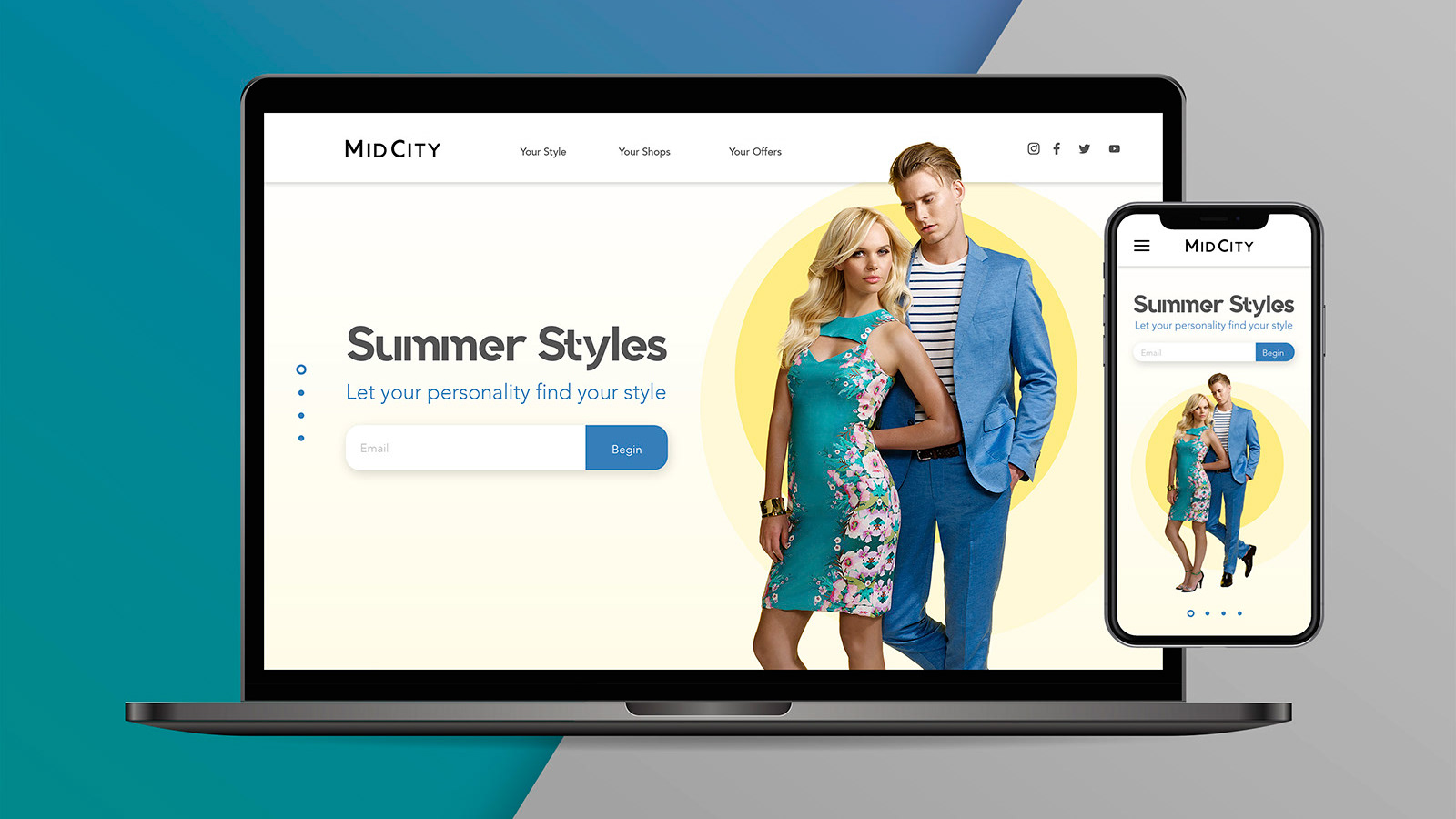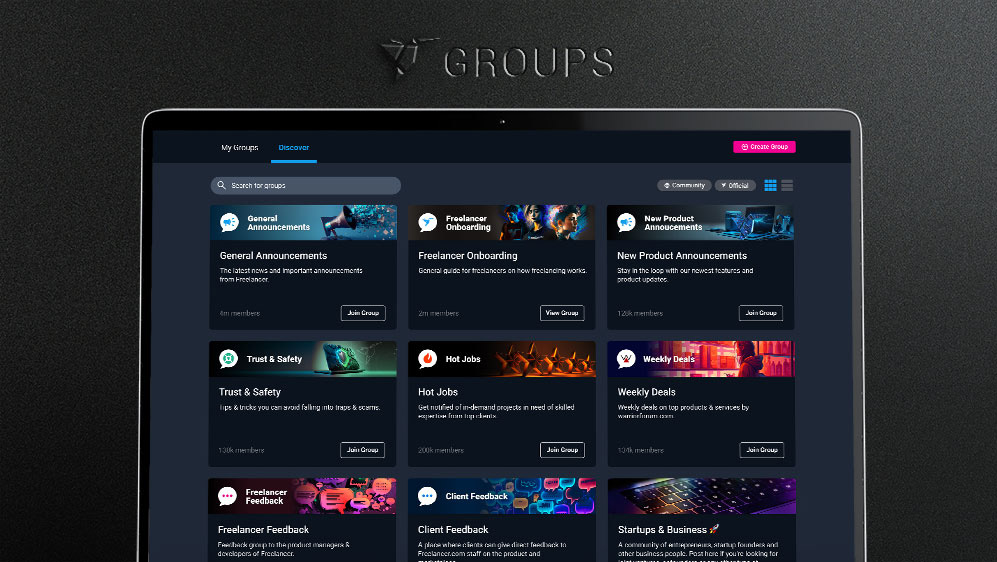Purchasing home broadband online ideally should be straight forward and pain free, but often this is not always the case. For this project we were tasked with investigating and improving this purchase experience for Optus.
Defining the problem
With many of us actually being current customers, we started with a brainstorming session listing out as many customer needs and pain points we could think of based on personal experience. We used this to form our initial problem statements:
• A customer often feels confused purchasing a new product online, so will often look somewhere else.
• A customer can feel neglected and unappreciated about not being recognised or rewarded for their long-term commitment.
It’s these problem statements that we used to form the base for our research.
It’s these problem statements that we used to form the base for our research.
Research - talking to the customers
Our research took two forms:
• Online surveys for quantitative data
• In-person interviews with customers for qualitative data
• In-person interviews with customers for qualitative data
Our quantitative surveys unfortunately ended up quite fruitless with limited data being able to be extracted from them. However for this project we felt quantitative data was only going to get us so far. Sure stats are cool, but we need to know why. It’s time to take it to the people!
The next step was qualitative data from customer interviews, in my humble opinion a much more valuable source of data for this particular project. We talked to customers from Optus and their competitors, and picked their brains about what they thought about their service. Throughout our interviews we noticed a trend that their responses seemed to go well beyond the initial purchasing process - into ongoing support and service that they were getting; or in some cases, not getting.
With all this in mind, now’s a perfect time for a pic of me pointing at post-it notes...
Analysis
With swaths of data from the interviews it was time to analyse it all.
Our first step was to sort our interview data into an affinity map, creating logically themed clusters including purchasing methods, deals & bundles, contracts, selection criteria and their actual experiences with the service. These formed some initial insights:
• customers highly valued trust and flexibility when choosing a broadband provider
• they wanted a more personalised, empathetic approach so they feel valued as a customer
• they felt larger providers did not really care about their needs
• they wanted a more personalised, empathetic approach so they feel valued as a customer
• they felt larger providers did not really care about their needs
But again, we needed to know why.
We re-sorted all of this data into an empathy map to dig a bit deeper to map out what the customers were experiencing. More insights... yay!
With our affinity and empathy maps done, and their corresponding insights in tow we developed a persona for us to design to. Meet Kevin.
Client check-in #1
It was time to check back in with Optus to report what we’ve done so far. Thankfully our client contact was very UX-mature, which made our job of presenting our work much easier.
However during our research and analysis there had been a shift in focus going way beyond the original brief - going into the overall structure and culture of the entire company itself. All important things, but for the scope of this project we needed to reign it back in to the original problem from the brief - improving the experience purchasing broadband online.
Creating the MVP
With our persona 'Kevin' in mind, along with the feedback from the client, we organised our insights pile to create key themes to focus our design efforts on:
With our persona 'Kevin' in mind, along with the feedback from the client, we organised our insights pile to create key themes to focus our design efforts on:
• Reducing effort for the customer
• Appealing to the customer’s emotions
• Giving confidence to the customer
• Creating purchase triggers
• The customer's purchase to activation experience
• Appealing to the customer’s emotions
• Giving confidence to the customer
• Creating purchase triggers
• The customer's purchase to activation experience
These themes were essentially our MVP.
Purchase to activation - ideation
It was time to divide and conquer. We split into smaller teams, and I was involved with designing for the ‘purchase to activation’ experience. We mapped out Kevin’s purchase to activation user journey, and from there formulated three key objectives to design to:
• For the customer to be informed of the delivery status for the modem
• The customer is able to install the modem so it all works as intended
• The customer is able to set up and maintain their home network with minimum effort.
• The customer is able to install the modem so it all works as intended
• The customer is able to set up and maintain their home network with minimum effort.
Prototyping
Next step was to set up user flows and wireframes for each of these 3 objectives, and from there we developed a number of prototypes to test if we can meet these objectives. Our challenge being how we can incorporate all 3 objectives into something that the customer (ie. Kevin) would actually find valuable.
Modem Delivery
The first part of this somewhat linear journey, from the moment the online purchase is made until the modem is delivered:
• the customer being able to easily set their own desired delivery date and time
• to be always informed of where their modem was throughout the delivery process
• to be always informed of where their modem was throughout the delivery process
Modem Connection
The next step for the customer was to connect their modem and get it working:
• aiding the customer with connecting their modem and be able to get it working
• to offer D.I.Y. solutions for the customer if their connection process is a bit more complex
• to offer support in finding a technician if the customer needs it
• to offer D.I.Y. solutions for the customer if their connection process is a bit more complex
• to offer support in finding a technician if the customer needs it
My Home Network
So now the customer has their modem, it’s all set up and good to go. The final (and essentially ongoing) part of this journey was to set up their home network:
• a dashboard where customers can view their devices and products connected to their home network
• being able to view relevant statistics related to their devices such as data usage
• educational content to aid customers when they wanted to add a device to their network
• being able to view relevant statistics related to their devices such as data usage
• educational content to aid customers when they wanted to add a device to their network
Prototype testing and feedback
With the project coming to a close we finished with compiling the feedback from testing:
• testers liked being able to track the entire process of delivery to installation
• the educational content for D.I.Y. solutions and setting up new devices was handy to have, but many testers questioned if they would actually use it
• the 'My Home Network' feature testers found the most intriguing part of the prototype, but thought it was too basic, and that it should have more features to be able to control their devices and products. They wanted more!
Future opportunities and final thoughts
From testing we found that the 'My Home Network' page had potential to expand from what we had prototyped. Given the short time frame for this project I felt we delivered a good base of an idea, but as always there comes an end, so we were left thinking what this could perhaps become.
Putting our ‘blue-sky thinking’ hats on we ideated that this could go way beyond just a simple portal to check up on your devices:
• Could this potentially tap into the world of ‘internet of things’, with a household’s Optus broadband connection the focal point of every device interacting with each other, and more importantly interacting with the household.
• The opportunity here is to not only give Optus the opportunity to meet their business goal of ‘owning the house’, but also improve the everyday life of a busy household.








